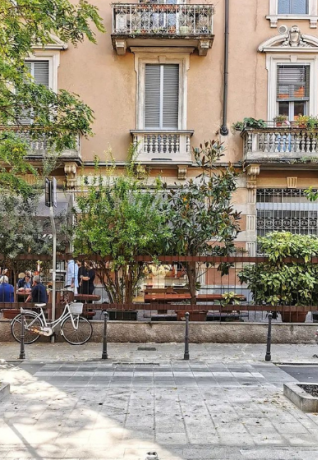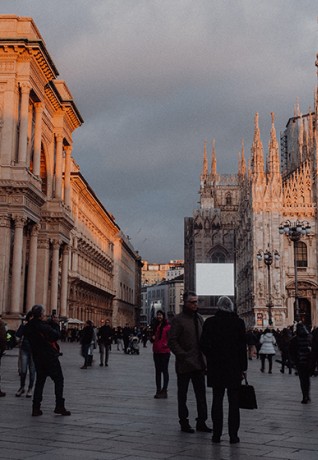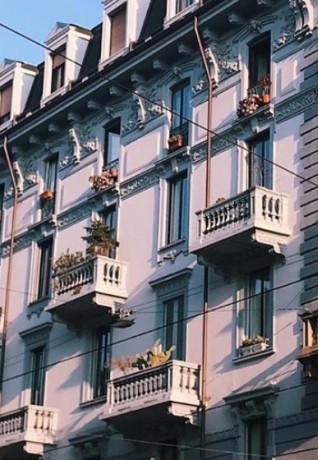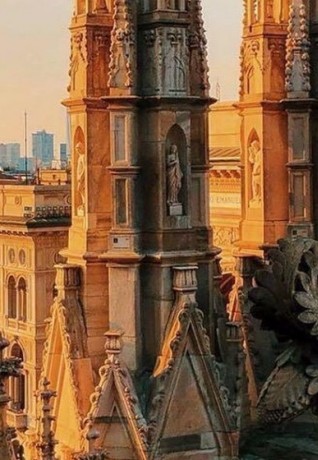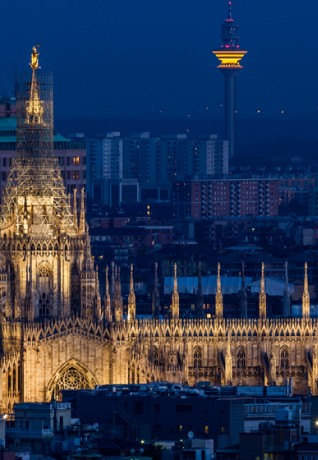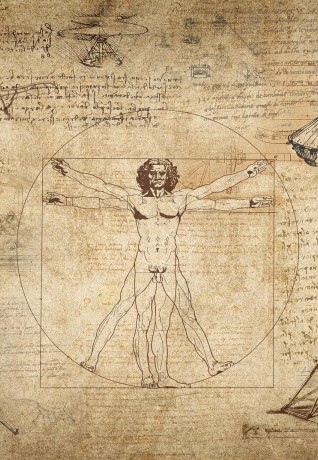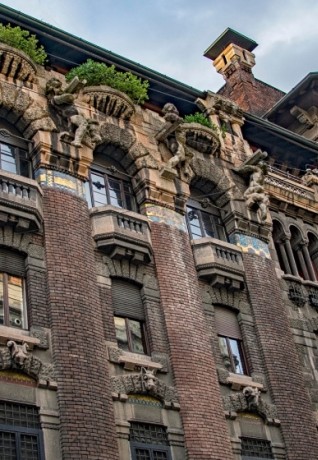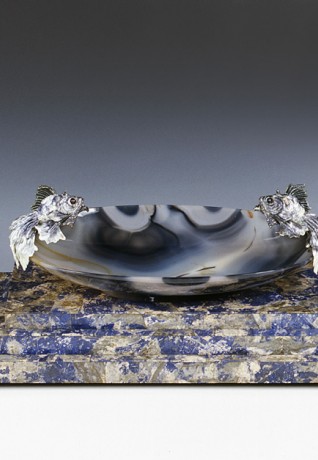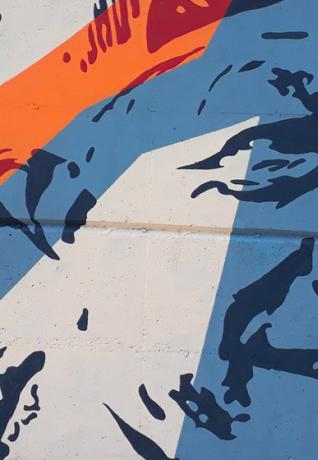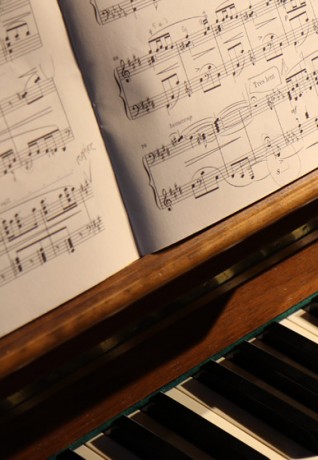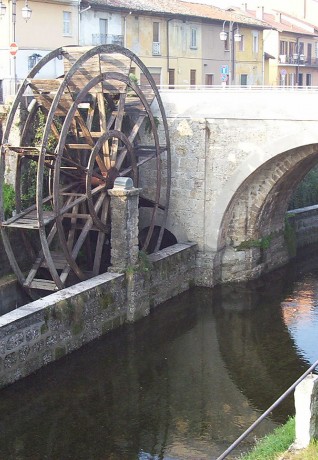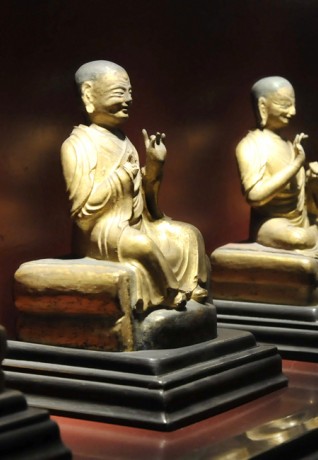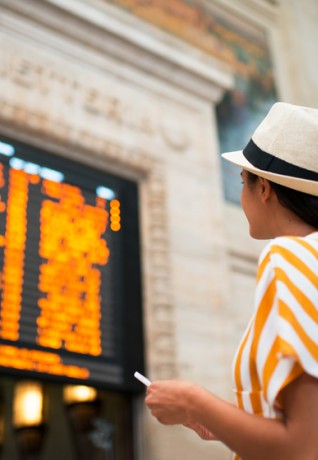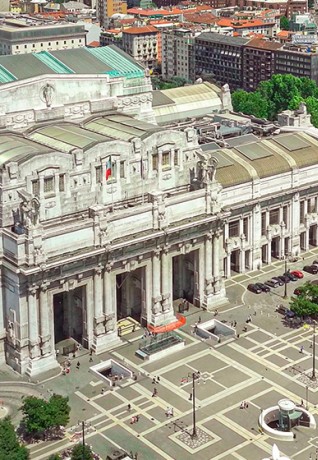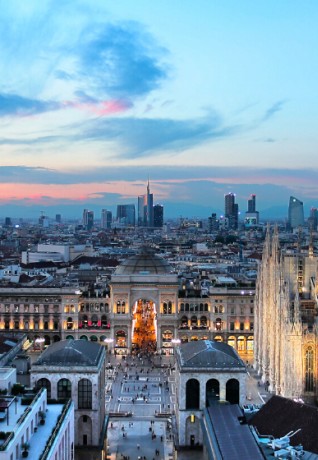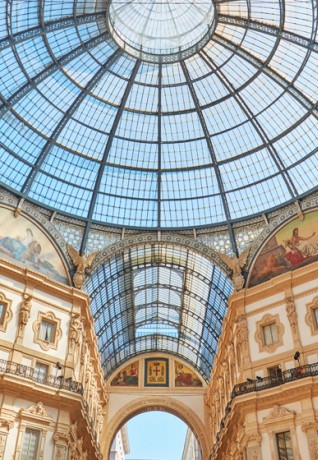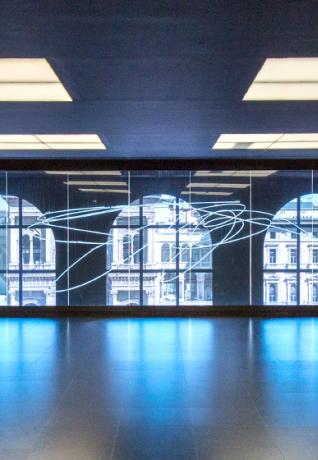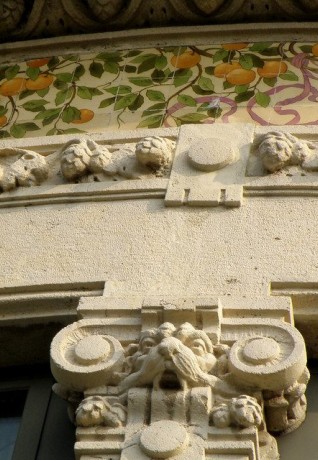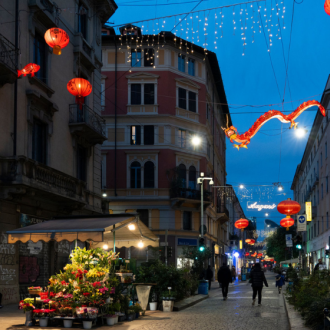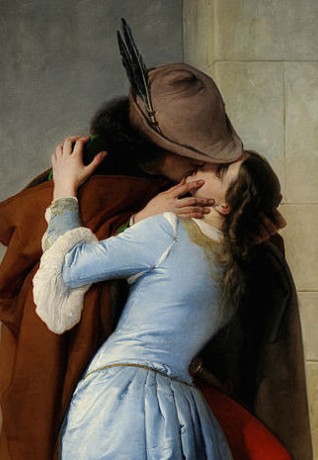10 absolute masterpieces on display in Milano
The top 10 art-wonders in the city
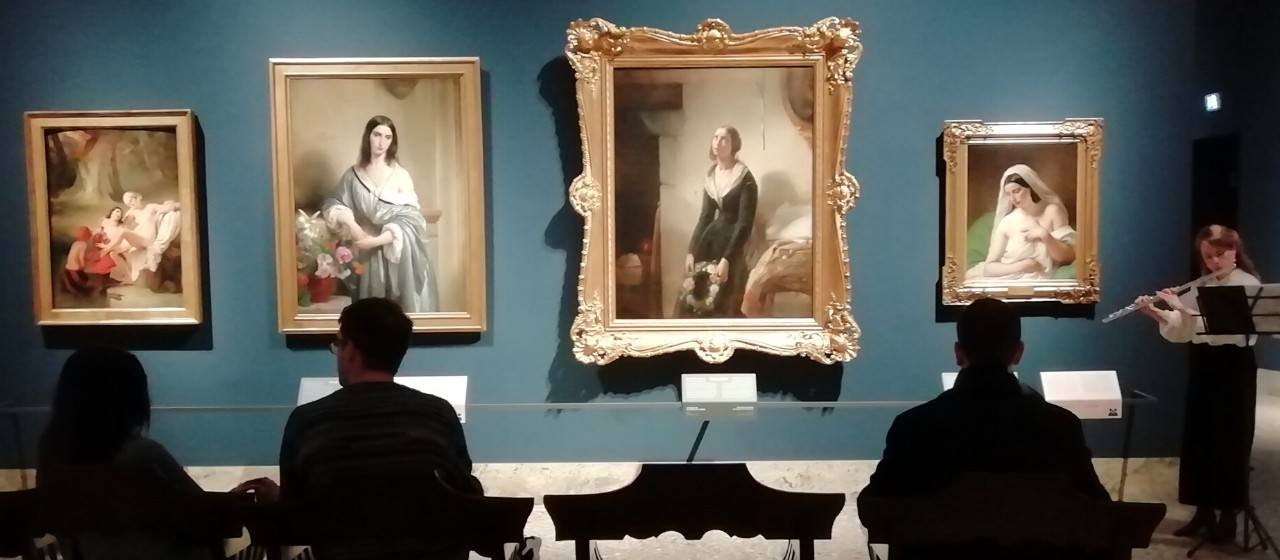
- The Last Supper by Leonardo da Vinci - Santa Maria delle Grazie
- The Lamentation over the Dead Christ by Andrea Mantegna - Pinacoteca di Brera
- The Kiss by Francesco Hayez - Pinacoteca di Brera
- Pietà Rondanini by Michelangelo Buonarroti - Castello Sforzesco
- Unique forms of continuity in space by Umberto Boccioni - Museo del Novecento
- The Fourth Estate by Giuseppe Pellizza da Volpedo - GAM
- The Seven Heavenly Palaces by Anselm Kiefer - Hangar Bicocca
- Haunted House by Robert Gober and Louise Bourgeois - Fondazione Prada
- The Fruit Basket by Caravaggio - Pinacoteca Ambrosiana
- Portrait of a young lady by Piero del Pollaiolo - Museo Poldi Pezzoli
From the Renaissance to contemporary art, by visiting these 8 Milanese museums and the treasures they contain you will have the chance to take a walk through the history of art; a history that is made by men with their idiosyncrasies and their existential problems, a history that ultimately can only drive us to look inside ourselves.
"The world was not created once, but every time an original artist came along", wrote Marcel Proust, and looking at these 10 masterpieces that the YesMilano editorial staff has selected, you will witness the continuous creation of the world, of Milano in particular, and of yourselves as well.
Painted at the end of the XV century, The Last Supper is housed in the former Renaissance refectory of the convent adjacent to the Church of Santa Maria delle Grazie. For centuries, this work has never ceased to enchant visitors from all over the world, as well as artists and writers - just think about the famous bestseller The Da Vinci Code, written by Dan Brown, which takes its inspiration from this painting.
The Lamentation over the Dead Christ (1475-1478) by Andrea Mantegna is one of the most shocking and revolutionary works in art history. The painting brings on a change in aesthetic perspective through a dizzying glimpse that forcefully expresses a new way of approaching faith as well. An image imbued with great humanity, that always manages to move and make people think. The fact that the work is housed at the Pinacoteca di Brera makes the visit even more a must.
Also located in the beautiful Pinacoteca di Brera, the Hayez Kiss (1859) is considered one of the most romantic (and symbolic) works of art ever. At the centre of the painting is a passionate encounter between two young lovers, in the hallway of a medieval castle: the atmosphere seems suspended in time, but in fact, it conveys patriotic values and impulses, typical of the Risorgimento, during which it was created.
At the Castello Sforzesco Museum you will find the work that best represents the so-called "unfinished” Michelangelo style: the Pietà Rondanini (1552-1553 and 1555-1564). The Last sculpture carried out by the Italian genius, the Pietà Rondanini is the artist's testament and final meditation on death and the salvation of the soul. In this work, which is striking for its modernity, the sculptor renounces depicting the perfection of the body, transforming the dead Christ into an emblem of suffering.
A milestone of the avant-garde Futurist movement, this sculpture (1913), located at the Museo del Novecento, is famous for its fluid and dynamic lines, as well as for being depicted on the back of the 20 cents Euro coins minted in Italy. The work, that represents movement, is rich in expressive and emotional details that can only be captured if observed with the utmost care and attention.
Galleria d'Arte Moderna - GAM also houses Pellizza da Volpedo's most famous work: Il Quarto Stato (The Fourth Estate - 1901). This choral and realistic work recounts the desire for revenge matured by the working class, marked by the proud advancement of the subjects, portrayed in a protest march.
This poetic permanent installation, exhibited at Hangar Bicocca since 2004, is composed of 7 towers with a height between 14 and 18 metres, made of reinforced concrete and lead elements. The work, at the same time a heavy and a light architectural structure, brings to mind symbolic elements of the Jewish mystical tradition as well as the constructions built by ancient civilizations to celebrate the divine.
Haunted House is a mix of contemporary art and architecture, a great collective work located in that building of the Fondazione Prada, whose exteriors appear to be covered in gold.
Within, a permanent installation designed by Robert Gober and two works by Louise Bourgeois (Cell (Clothes) and Single III, both from 1996). On the upper floors, historical and more recent works by Gober, an artist that can give life to new objects by combining elements from everyday life and whose research touches themes such as sexuality, human relations, nature, politics and religion, by alternating both unknown and familiar forms.
Housed at the Pinacoteca Ambrosiana, this painting from the end of the Fourteenth century is considered by critics to be one of the most emblematic still lifes in the history of art, a great aesthetic ode to nature.
This virtual tour closes with one of the most beautiful female faces ever painted: the Ritratto di Dama (Portrait of a lady, 1470 - 1472) by Piero del Pollaiolo. Universally acknowledged among the major masterpieces of Florentine portraiture, it is currently exhibited at the Museo Poldi Pezzoli, whose symbol it has become.

 Log in
Log in


